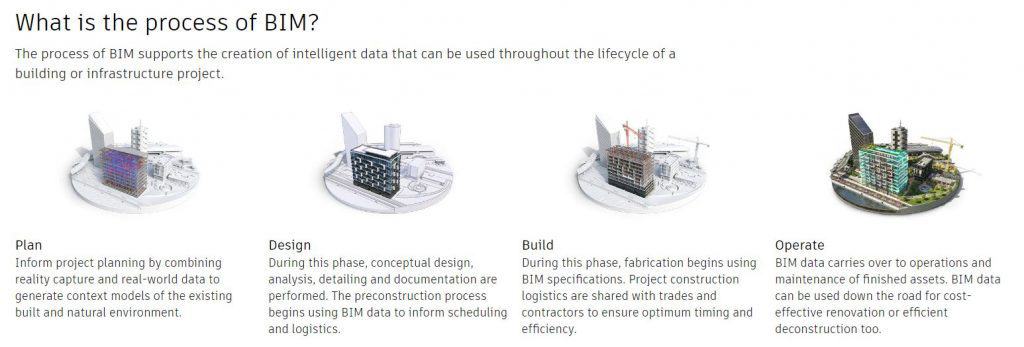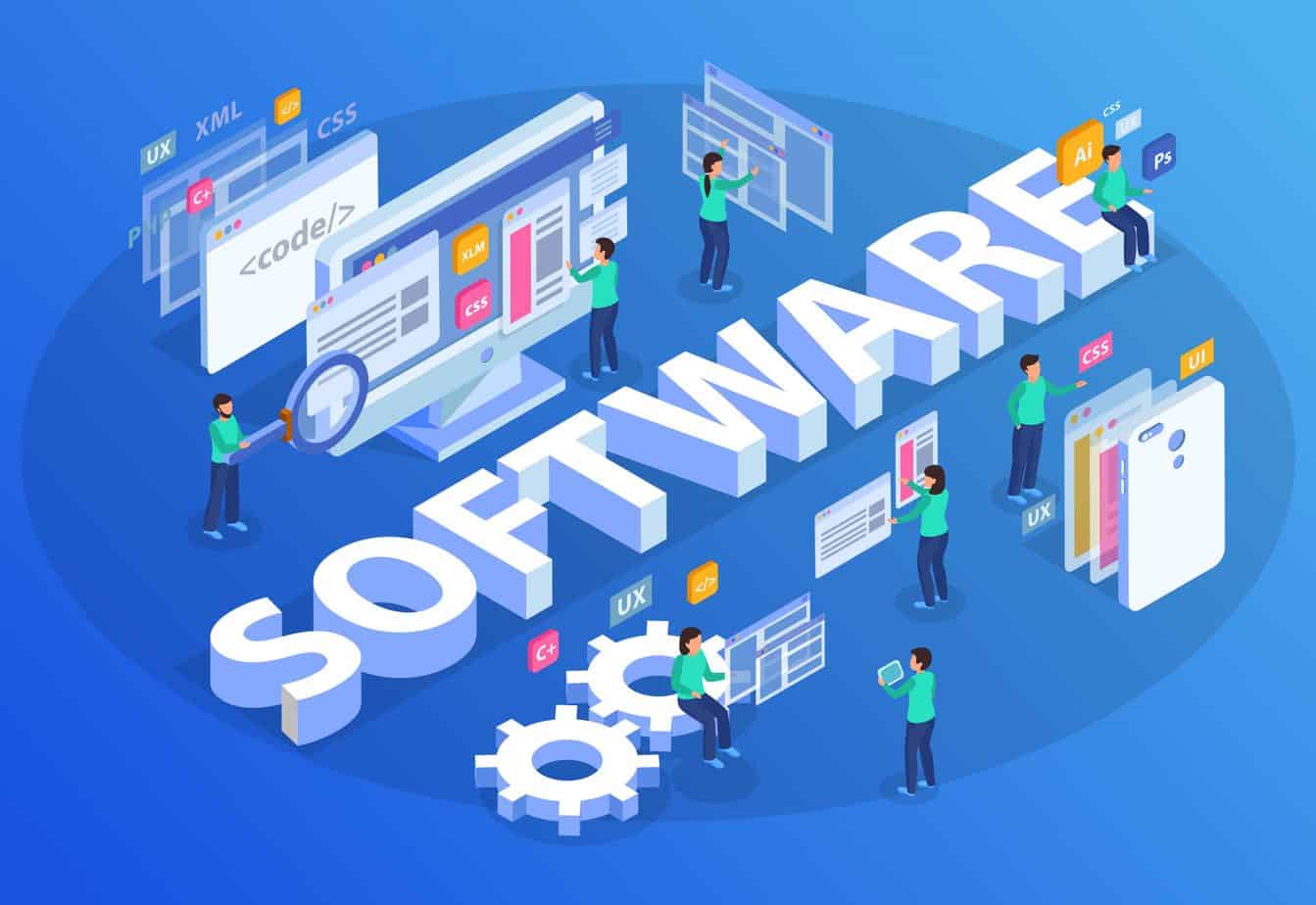When you are interested in becoming a Civil Engineer, you need to know how to use different software programs. They will help you in your daily work, and you will need to use them for the projects that you are involved in.
A computer ability – or lack thereof – can determine someone’s employment prospects. As the world becomes more digital, so do engineering jobs. Knowing how to use a computer is no longer just an option, but an expectation in many workplaces. Having skills in the use of the software for civil engineers are essential in everyday task.
You may need to understand engineering software that is specific to some specialties within civil engineering, but there are other programs that you need to be familiar with no matter what branch you work in. Generally, you will be assigned to technical projects when you start out, and then you will transition to project management-based programs as you advance in your career.
Importance of Software for Civil Engineers
Years ago, it took a long time for civil engineers to plan and construct buildings. However, today technology has made it possible to speed up the process. Civil engineers can create designs and plan quality projects, and there are a variety of software programs that output costs accurately. The entire project can be planned more efficiently, resulting in lower costs. It also reduces human error.
Civil Engineering is a discipline of engineering that deals with the study and design of bridges, roads, railways, and other constructions related to land transportation. Civil engineers are responsible for building these structures as well as maintaining them over time. As such, it is important for civil engineers to have skills in the use of essential software for their career growth. This article identifies eight softwares that are essential for civil engineers.
What are the Essential Softwares for Civil Engineers?

Software for civil engineers includes a number of different tools that help civil engineers throughout the design and construction phases of a project. These software programs help them work, draft memos, create cost analysis, draft, design, visualize, and analyze projects. They work on all kinds of projects, from roads and bridges to buildings and outdoor spaces.
These programs can assist in rendering digital models of the project, making predictions about potential problems, estimating the costs, and more. They can help plan how much time a project will take and what equipment is needed. The software can speed up the entire project timeline.
The following programs are ones that you will need to know as a civil engineer and they will help you complete tasks more quickly and efficiently.
1. AutoCAD
AutoCAD is used more than any other software program in civil engineering. This software is drafting software, and it is used in creating construction drawings and plans. A CAD (computer-aided design) makes creating depicted elements of a structure drawing such as floor plans, foundations, elevations, sections, structural and utility details a breeze. There’s another program called AutoCAD Civil 3D, which helps in creating surfaces, alignments, and profiles of a building or infrastructure
2. Microsoft Office
One of the most important skills for civil engineers in the workforce today is their knowledge and use of Microsoft Office software. This includes Word, Excel, PowerPoint and Outlook. Every company needs reliable office managers who can help complete basic tasks such as managing email communications, creating spreadsheets, presentations, and other documents to keep track of all the data for their business.
The Microsoft Office series is another critical software suite that engineers need to have a good working knowledge of. Microsoft Word is a word processing program, and it is the standard for writing reports, drafting memos, and any other documents that they need. There are many features that make it easier, and people who want a career in civil engineering should learn them.
Powerpoint is the slide presentation program, and it is important when you are giving presentations, and there are a few other programs that are a part of Office. It is important to have a basic knowledge of all of the programs in Microsoft Office.
Excel is the spreadsheet program in this group, and it is universally important in civil engineering. In fact, most calculations are done in Excel, from calculating a building system to graphs for presentation & scheduling, to managing, tracking, and maintaining construction costs or schedules.
Everyday office communication, task automation and presentation are made easy by the use of Microsoft Office, this is a work-saver software for civil engineers.
3. 3D Rendering Software
3D rendering software is important for civil engineering, and it helps you design 3D models with realistic images and videos. It has become a necessary skill. Today, customers, decision-makers, and designers want to see a realistic rendition of the project before it moves forward. When you use 3D rendering programs, you will create 3D or 2D images that show realistically how it will look.
This software captures 3D elements that are part of the design, and you can add lighting, texture, colors, motion blur effects, weather, and more. You can make these rendered designs interactive and scalable as well.
There are three types of 3D rendering: solid, surface, and wireframe. You will want to choose one based on your needs in the project. Solid 3D rendering uses basic geometric shapes, and it is the easiest and quickest method of rendering. Surface 3D rendering defines the edges and lets you create a 360-degree view or panorama. It uses a polygonal mesh made up of planar faces. The third is wireframe 3D rendering, and it creates lines and curves that show the shape.
4. Cost Estimating Software
There are several different cost estimating software that you can use. Cost estimating is a critical part of a project, and it includes the cost, schedules, and plans. It is important to submit proposals that show what a project is going to cost and these estimates need to be published in advance for public projects. There will always be a budget to follow, so you need to know whether or not the project is going to fit in.
Several top choices are Estimate Master, Clear Estimate, ProEst, WinEst, and Costx. They make it easy to create estimates, duplicate them, use information from databases, and more. Some have built-in templates for specific types of jobs, and they can break the project down into different categories, including roofing, flooring, structure, and more. Skills in cost estimating and use of this software for civil engineers are essential in building robust estimates for any building project.
5. GIS Software
Civil engineering is a field that develops and sustains infrastructure, and it covers a lot of different areas of interest. GIS software is Geographic information system technology, and it gives you the ability to create, manage, analyze, and visualize data. The data that is gathered can produce reports and maps that can be shared, and it can show both a job and how it fits into the geographical area.
You can create maps and models and use them on the Internet. It provides spatial analysis that leads to quicker decision-making and helps to determine ways to optimize network and resource allocation. It also allows you to interact with data in a more visual way, and you can share this information with everyone on the project from field workers to managers and other engineers.

One of the most common GIS software is ArcGIS Pro, it’s the powerful single desktop GIS application that combines ArcMap with Adobe Creative Cloud and Esri’s award-winning 3D global data modeling. ArcGIS Pro provides all the functionality of ArcMap, but with a streamlined user interface and enhanced editing functions.
6. Surveying Software
Surveying software is important for engineers, and it helps by providing a 3D landscape to show the angles and distances between different points on and around a project. It helps to show maps and boundaries for different subterranean civil projects. Surveyors can use tools, including electronic distance measurements and beams of light, GPS devices, drones, and more, and they feed them into the surveying software program so that they get visualizations and precise calculations.
One method of surveying is plane surveying, which assumes the earth is a flat surface and displays the images in this way. Geodetic surveying is for large areas, and it takes the curve of the earth into account. The aerial surveys collect data with drones, planes, and other aircraft. This is an important part of what civil engineers need to do.
7. Hydraulic Analysis
Hydraulic analysis is an important task in civil engineering, along with hydrologic analysis. This is done for hazard mitigation and forensic investigations of floods. It is also used to develop management plans for reservoirs, and they use it for FEMA floodplain mapping and levee certification studies. They will help protect the water supplies for the long term, and they help come up with plans for habitat management and restoration.
Hydrology is where civil engineers look at rainfall and water in relation to the land. Any activity will change how water flows, so they need to study where runoff will go and any other changes that will come from the project. Hydraulics is about how water flows through pipes and channels, and this relates to how to manage stormwater on a project. This software helps civil engineers gather this information.
One example is HEC-RAS, a powerful computer program that’s used by engineers, surveyors, and scientists. It enables engineers to model the flow of water in rivers, streams, and canals. HEC-RAS is designed to perform one and two-dimensional hydraulic calculations for a full network of natural and constructed channels.
8. BIM Software
BIM software is building information modeling, and the software creates information about the project that will be built. It integrates data from different aspects of the project to create a realistic rendering of a project from its conception to completion.

This smart 3D software can include tools that include electricity, plumbing, and more. It can show a digital representation of the functional properties of a building. The best programs will include 2D or 3D computer-aided design tools that are designed for building projects.
Do Civil Engineers Need to Know All of These Programs?

The programs you need to know as a civil engineer are based on your specific role in a project. However, there are some software programs that every civil engineer needs, such as Microsoft Office. You likely learned how to use Word, Excel, and Powerpoint from school, so you should stay on top of those skills. Then there are different software programs that will help the projects you work on to run more efficiently.
For example, using drawing and design programs help you create digital models of projects, and you can use 3D rendering to help you see a 3D model of the project. Ultimately, you will need to be familiar with all of these types of software, but when you are starting out, you can learn as you go.
Takeaways
There are different software programs that can help you in your career and journey as a civil engineer. The most commonly used are under the Microsoft Office suite software, they help us communicate, organize & filter data, present, and store project data. Other software helps us perform our job as civil engineers smartly, efficiently, and timely.
